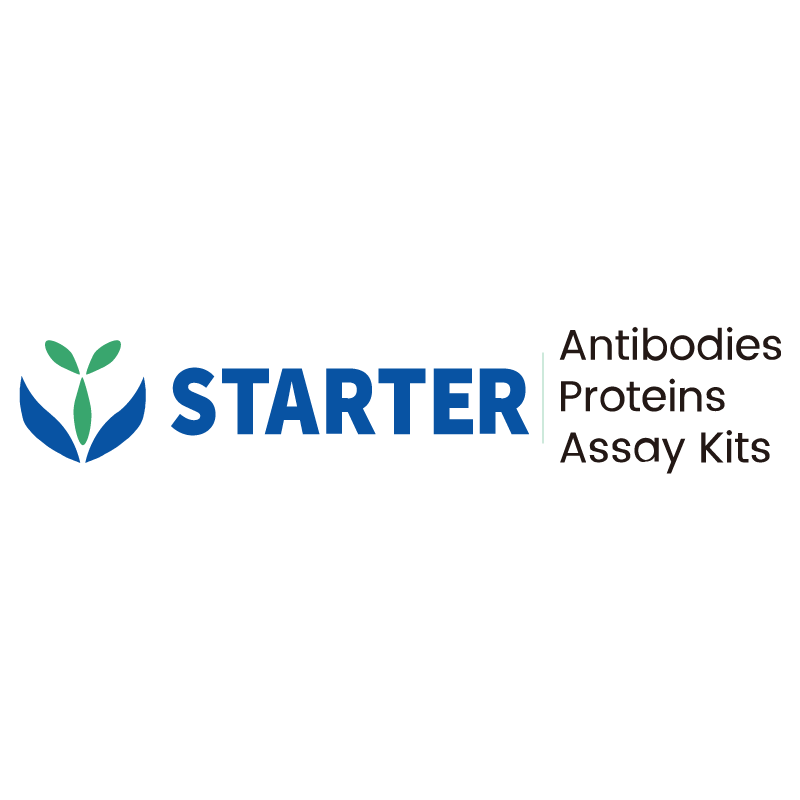Flow cytometric analysis of BALB/c mouse bone marrow labelling CD29 Antibody at 1/100 dilution (2 μg) / (Right panel) compared with a Armenian hamster IgG Isotype Control / (Left panel). Goat Anti-Armenian hamster IgG Alexa Fluor® 488 was used as the secondary antibody. Then cells were stained with CD45R/B220 - Alexa Fluor® 647 Antibody separately.
Product Details
Product Details
Product Specification
| Host | Armenian hamster |
| Antigen | CD29 |
| Synonyms | Integrin beta-1; Fibronectin receptor subunit beta; VLA-4 subunit beta; Itgb1 |
| Location | Cell membrane |
| Accession | P09055 |
| Clone Number | S-R675 |
| Antibody Type | Recombinant mAb |
| Isotype | IgG |
| Application | FCM |
| Reactivity | Ms |
| Positive Sample | BALB/c mouse bone marrow |
| Purification | Protein G |
| Concentration | 2 mg/ml |
| Conjugation | Unconjugated |
| Physical Appearance | Liquid |
| Storage Buffer | PBS pH7.4 |
| Stability & Storage | 12 months from date of receipt / reconstitution, 2 to 8 °C as supplied. |
Dilution
| application | dilution | species |
| FCM | 1:100 | Ms, Rt |
Background
CD29, also known as integrin beta-1 (ITGB1), is a crucial cell surface receptor involved in cell adhesion, migration, and signaling. It is a member of the integrin family and is encoded by the ITGB1 gene, located on human chromosome 10p11.2. CD29 forms complexes with various integrin alpha subunits to interact with extracellular matrix (ECM) proteins such as collagen, laminin, and fibronectin. This protein plays a significant role in cellular processes including “inside-out” and “outside-in” signaling pathways, which are essential for cell survival and metastasis. Additionally, CD29 is highly expressed in various cell types and is implicated in multiple diseases, including cancer progression and immune regulation.
Picture
Picture
FC


